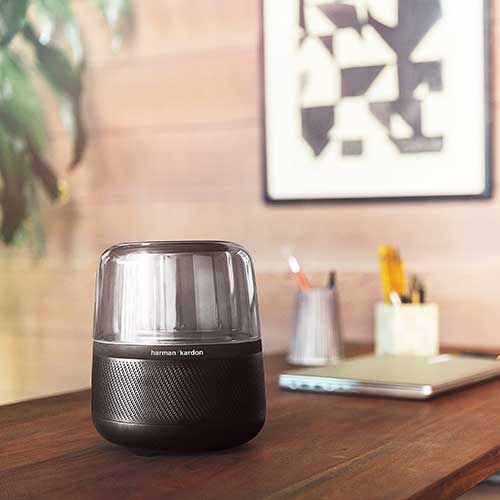Smart speakers have been identified by analyst Futuresource as one of the “strongest” growth categories in consumer electronics, with sales expected to triple by 2021.
According to the analyst, 4.2 million were shipped globally during the second quarter of 2016 and it anticipated that 41m would be shipped through 2017, representing a retail value of $7.9 billion (£5.9bn).
Sales of smart speakers were expected to be dominated by the UK and US, with adoption in these countries being “relatively swift”, with penetration currently standing at three per cent and six per cent respectively.
The smart speaker market continued to experience strong growth and Futuresource described its performance as “particularly impressive” within the wider home audio sector, with 38 per cent of home audio devices sold being voice-enabled in the first half of 2017 in the US.
North America currently accounts for 60 per cent of all shipments worldwide, but was expected to drop to 44 per cent by 2021 as parts of Europe and China were forecast to be the fastest-growing markets.
Futuresource consumer research indicated that satisfaction with smart speaker usage was quite high, with 46 per cent of owners using them on a daily basis in the US. Usage was currently heavily focused around controlling media with voice.
Integration of VPAs (voice personal assistants) into devices had predominantly been in smart speakers, however, Futuresource predicted that future growth of the smart speaker market would see the integration of VPAs into other device categories.
As this begins to happen, Futuresource forecast that adoption would ramp up to exceed 25 per cent of sales of CE home devices by 2021.
This growth was also expected to be boosted by added store space being dedicated to the smart home, the bundling of smart-home devices with services and continued good performance of custom installations.
The researcher suggested that retailers might want to get on board with this category if they hadn’t already done so, as only 20 per cent of all smart-home devices currently in use were brought in by the custom installer industry.
In volume terms the smart home, it said, was growing by stealth through easy-to-install DIY services acquired through retail.
It pointed out, however, that retailers and service providers were “better placed” than custom installers to bring about connectivity and automation to households of all income levels.
- Main image: Harman Kardon Allure smart speaker


